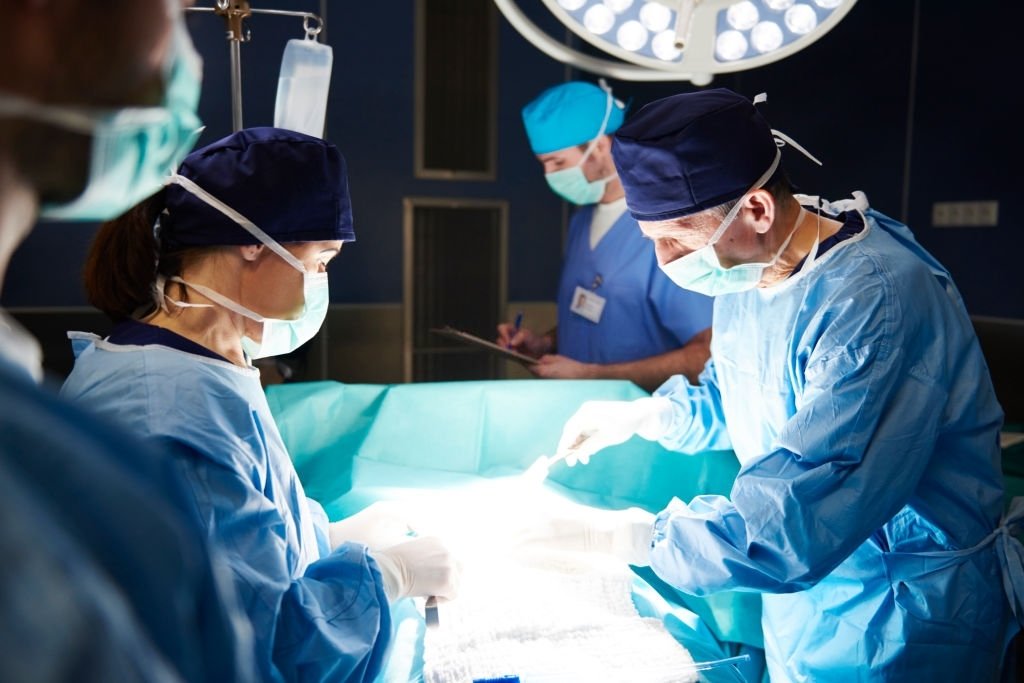
Organ transplantation is the process of removing cell, tissues or living organs from a body and transferring them to same or different body. The aim of organ/tissue transplant is to replace a damaged or absent organ/tissue.
Heart, lung, liver, pancreas, cornea, kidney, vascular tissues and skin transplant are the most commonly transplanted organs. Operations for all these organ transplantations are performed in Turkey with success.
Donors of tissue/organ may be living or deceased people. When possible living donors are preferred since they are in good health. Stem cells and kidneys are often received from living donors. Living donors can usually donate one of the two kidneys because the body can maintain its normal functions with one kidney. Furthermore, the liver is a regenerative organ, so that a portion of the liver may also be donated from a living donor.
Liver; The Only Organ That Can Regenerate Itself
It is considered to be the most complex and metabolically active organ in our body. However, it can continue to work even when 70% of liver tissue needs to be removed.
When the liver donor donates more than half of his liver for transplant, the remaining part can continue to function without any loss or serious complications. This ability depends on the regeneration capacity of the liver.

When Is Liver Transplant Required?
Even if there are inflammations due to alcohol consumption of fatty liver, hepatitis infections, long term obstructions or bile duct Stones, some metabolic diseases, tumors or congenital enzyme deficiencies, patient can continue their normal lives for a long time.
However, once liver failure occurs, it can cause itching, edema in the lungs and ascites in the abdomen, severe hepatitis, bleeding and anemia.
Changes in personality and behavior can be seen in advanced liver disease. It can turn into a coma with weight loss, decreased amount of urine and fatigue. These symptoms indicate that the patient’s liver is not meeting his body’s needs. This condition, which is called liver failure, leaves liver transplantation as the only option fort he patient.
Our organ transplant centers, operating rooms and intensive care units are equipped with the latest technology infrastructure. The full laparoscopic technique reduces the need for intensive care for the donor.
However, for liver and some kidney recipients, full-fledged intensive care units play a very important role.
The donor protection program (post-transplant donor tracking and care) is one of the unique services offered by the international hospital transfer center.
Organ transplant centers are fully dedicated to the highest moral and ethical standards in organ donation and transplantation.
The Society of Organ Transplantation complies with the principles of the International Nephrology Association, the Istanbul Declaration of Organ Trade and Transplant Tourism and the Amsterdam Forum Consensus Statement adopted by the Transplantation Association for the care of living kidney donors.
The operations are carried out by experts with international experience using high technology methods.
Advanced methods applied by donors; It aims to be discharged within 24 hours after surgery and to return to their normal lives within a week. Recipients can be discharged from the hospital within about a week.

Bone marrow transplant (Stem cell transplant) is the process of giving stem cells from the patient himself or from someone else to the patient. There are generally 2 types of transplantation. The process of returning own stem cells is called 'autologous', and the process of giving stem cells taken from another is called 'allogeneic' transplant.
Allogeneic transplantation can be performed from an identical twin (syngeneic) or from a fully compatible mother, father, sibling or people who are not fully compatible. Transplants have also been made from semi-compatible family members in recent years. These transplants from mother, father, semi-compatible sibling or children are called haploidentic transplants.
Anyone between 2 and 60 years of age, whose tissue group antigens are compatible with the patient, can be a donor for stem cell and bone marrow transplantation.
A small amount (2-4 ml) of blood is taken from the donor to tissue group antigens and whether there is tissue group compatibility with special methods is checked within 2-4 working days. If there is complete match, the recipient is less likely to reject the administered stem cells.
The fully compatible sibling is the ideal donor. However, only 25 to 35 percent of patients have an HLA compatible sibling. If a 10/10 compatible sibling cannot be found, a transplant can be made from 8/10 compatible siblings. If no compatible relatives can be found, a fully compatible volunteer donor is sought from the marrow banks.
This search may take 3 to 6 months. Most patients do not have that long to wait. The underlying disease may recur. In this case, transplantation can be made from semi-compatible relatives, which we call haploidentic transplant. In this case, the mother, father, semi-compatible siblings or children are suitable donors and more than 90% of the patients have already applied to the hospital with a potential donor.
Bone Marrow Bank was created in order to establish, within the framework of Turkey Turko project carried out by the Coordination Center of Stem Cells, T. C. Donations for the Ministry of Health and the Turkish Red Crescent carried out in collaboration between 18-50 years of age, and healthy individuals who gave informed consent, they were found in the stem cell donation through the Red Crescent Centers across Turkey.
Contact us
Do you want to get detailed information about our services or ask any questions you may have?